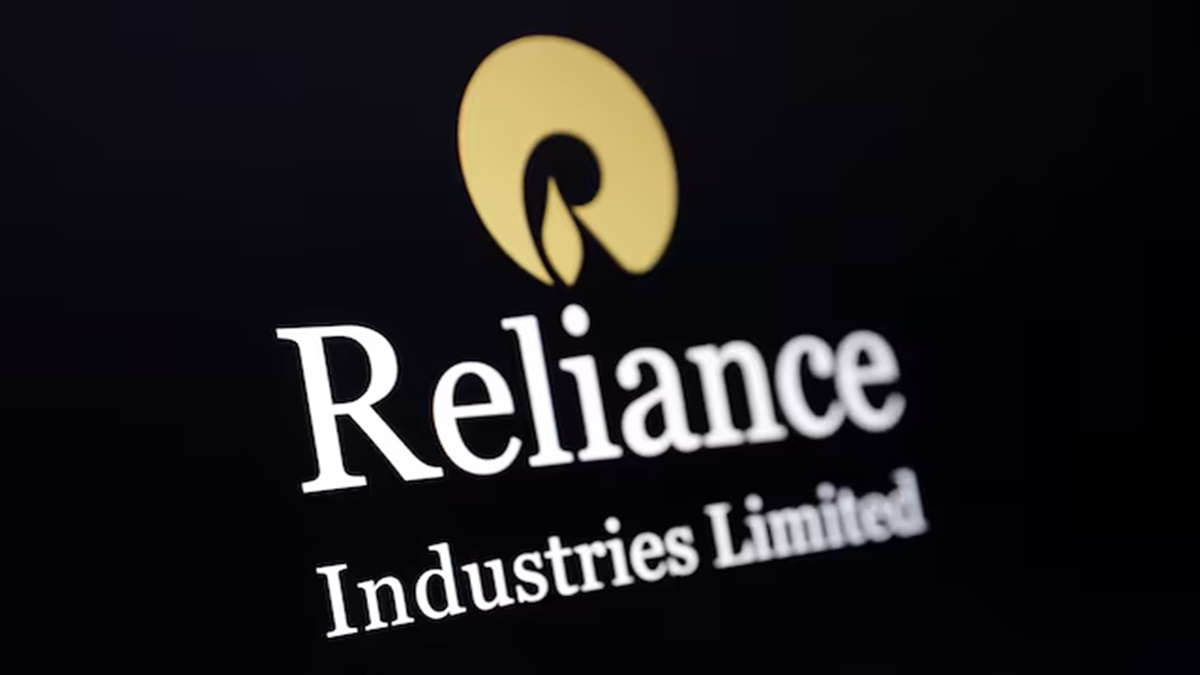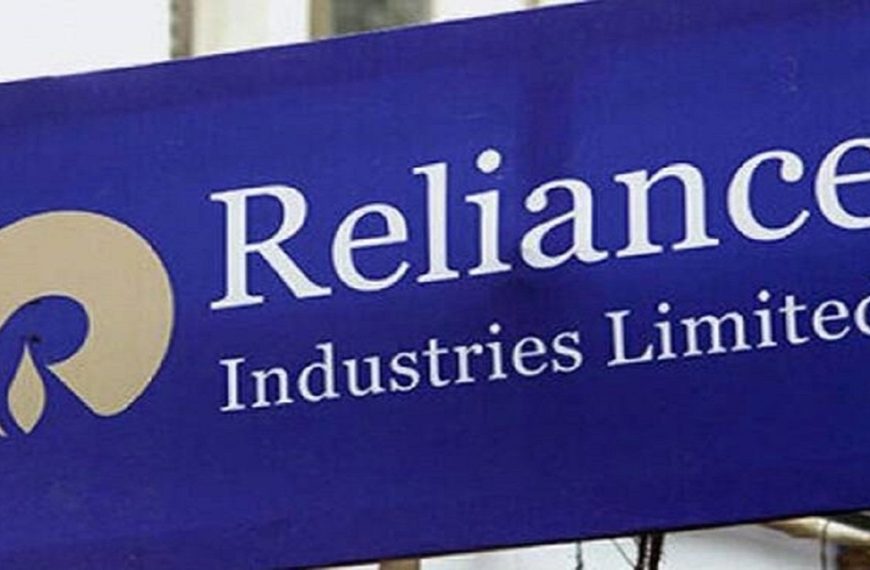Reliance Industries Reports Strong Q4 Earnings Driven by Oil-to-Chemicals Recovery
In an impressive financial performance for the January-March quarter, Reliance Industries Limited (RIL) has outperformed expectations across the board. The surge in its oil-to-chemicals (O2C) segment, along with robust growth in its digital and retail sectors, played a pivotal role in this achievement.
RIL Surpasses Significant Financial Milestones
Last year, RIL made headlines by becoming the first domestic firm to exceed ₹10 lakh crore in annual revenue and ₹20 lakh crore in market capitalization. Recently, the company announced that it has also crossed the ₹10 lakh crore threshold in net worth.
Key Financial Highlights
- The board has approved a dividend of ₹5.50 per equity share for FY25.
- Earnings before interest, taxes, depreciation, and amortization (EBITDA) climbed by 3.1% year-on-year, reaching ₹43,832 crore. This growth was buoyed by strong performances in the telecom and retail sectors, notwithstanding mixed signals from the energy divisions.
Chairman and Managing Director Mukesh Ambani remarked on the company’s resilience in a challenging global business climate. He stated, “FY25 has presented hurdles due to weak macroeconomic conditions and changing geopolitical dynamics. However, our commitment to operational excellence and innovative solutions tailored to meet India’s growth needs has enabled Reliance to maintain a stable financial trajectory this year.”
Mixed Results in Oil-to-Chemicals Segment
The O2C segment experienced an uneven quarter. Revenue surged by 15%, totaling ₹1.64 lakh crore, thanks to increased volumes and improved domestic product placements. However, EBITDA saw a decline of 10%, landing at ₹15,080 crore. The decline was primarily attributed to:
- Weak transportation fuel margins
- Decreased profitability within the polyester chain
Despite these challenges, RIL reported a 2.5% increase in total throughput, reaching 20.3 million metric tonnes (MMT).
Ambani emphasized the segment’s resilience, stating, “Despite significant volatility in energy markets, the oil-to-chemicals business demonstrated robust performance. Demand-supply imbalances in downstream chemicals have driven margins to multi-year lows.” The company is actively implementing strategies for cost and operational optimization to enhance profitability.
Oil and Gas Exploration Performance
In the oil and gas exploration division, revenue slightly dipped by 0.4% year-on-year, totaling ₹6,440 crore for the March quarter, while EBITDA decreased by 9% to ₹5,123 crore. This decline was linked to lower price realizations for gas and condensate, albeit with increased production volumes.
Rising Financial Costs
RIL’s finance costs increased by 7% year-on-year, amounting to ₹6,155 crore during the quarter, due to higher average liabilities. Additionally, tax expenses rose by 1% to ₹6,669 crore. The company’s capital expenditure for the quarter was ₹36,041 crore, reflecting its ongoing investments in both core and new energy sectors.
On the stock market front, RIL shares concluded the trading day slightly down at ₹1,301 on the National Stock Exchange (NSE).
In summary, Reliance Industries continues to navigate a complex economic landscape while posting strong financial results, driven by strategic investments and a focus on operational efficiency. The company’s commitment to innovation and growth remains steadfast, positioning it well for future challenges.











